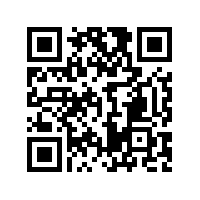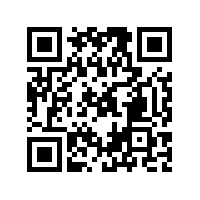Powered by Pushover
With our Android, iPhone & iPad, and Desktop Browser clients, you can receive unlimited push notifications on all of your devices from dozens of websites, services, and applications that already integrate with Pushover. Just supply your Pushover User Key or your Pushover e-mail address and you'll be getting push notifications in an instant.
Pushover for Teams
Pushover for Teams is a monthly service offering for organizations sending messages to multiple users and includes a number of extra features such as user management and automated onboarding. Pricing is per month, per user, and more information can be found on our Teams page.
Pushover for Everyone
Individuals and organizations not needing our Team features can use Pushover for Android, iOS, and Desktop with no subscription and just a simple one-time in-app purchase on each platform where you need it, after a 30-day free trial.
Simple Integration
For developers, system administrators, and everyone with just some technical savvy, our API makes it easy to integrate Pushover into your web app, network monitor, shell script, and anything else you can think of to send notifications to yourself or thousands of users. Pushing messages is as easy as using the HTTP libraries available in nearly every programming language with no custom modules required.
Command Line
curl -s \ --form-string "token=abc123" \ --form-string "user=user123" \ --form-string "message=hello world" \ https://api.pushover.net/1/messages.json
Python 3
import http.client, urllib
conn = http.client.HTTPSConnection("api.pushover.net:443")
conn.request("POST", "/1/messages.json",
urllib.parse.urlencode({
"token": "abc123",
"user": "user123",
"message": "hello world",
}), { "Content-type": "application/x-www-form-urlencoded" })
conn.getresponse()
Ruby
require "net/https"
url = URI.parse("https://api.pushover.net/1/messages.json")
req = Net::HTTP::Post.new(url.path)
req.set_form_data({
:token => "abc123",
:user => "user123",
:message => "hello world",
})
res = Net::HTTP.new(url.host, url.port)
res.use_ssl = true
res.verify_mode = OpenSSL::SSL::VERIFY_PEER
res.start {|http| http.request(req) }
Go
package main
import (
"net/http"
"net/url"
)
func main() {
http.PostForm("https://api.pushover.net/1/messages.json", url.Values{
"token": {"abc123"},
"user": {"user123"},
"message": {"hello world"},
})
}
Perl
use LWP::UserAgent; use Mozilla::CA; LWP::UserAgent->new()->post( "https://api.pushover.net/1/messages.json", [ "token" => "abc123", "user" => "user123", "message" => "hello world", ]);
PHP
curl_setopt_array($ch = curl_init(), array(
CURLOPT_URL => "https://api.pushover.net/1/messages.json",
CURLOPT_POSTFIELDS => array(
"token" => "abc123",
"user" => "user123",
"message" => "hello world",
),
CURLOPT_SAFE_UPLOAD => true,
CURLOPT_RETURNTRANSFER => true,
));
curl_exec($ch);
curl_close($ch);




